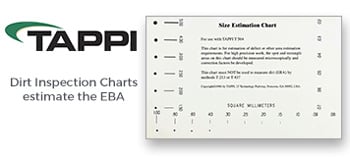Challenges Facing Facilities in 8-Hour Ozone and/or PM2.5 Nonattainment Areas, 2005 Engineering, Pulping & Environmental

In 2004, U.S. EPA finalized designations under the 8-hour ozone standard and the fine particulate matter (PM2.5) standard. With respect to the 8-hour ozone standard, 474 counties or partial counties were designated as nonattainment, while 30 areas volunteered to enter Early Action Compacts (EAC). U.S. EPA designated 40 areas comprised of 210 counties and the District of Columbia as nonattainment for the PM2.5 standard. Implementation rules related to requirements for areas designated as nonattainment under these standards are still under development by U.S. EPA.
The recent designations represent U.S. EPA’s first major designation initiative since the addition of severity classes (e.g., moderate, serious) under the 1-hour ozone standard mandated by the 1990 Clean Air Act Amendments. A nonattainment designation can have substantial implications on industrial facilities located in such areas. Possible requirements may include installation of Reasonably Available Control Technology (RACT) for existing sources and more rigorous review of permitting related activities under the Nonattainment New Source Review (NNSR) provisions.
This paper will provide a general overview of U.S. EPA’s implementation plans (if issued) and present examples of challenges and uncertainties facing industrial facilities, including pulp and paper mills, located in recently designated nonattainment areas during this transition period.





